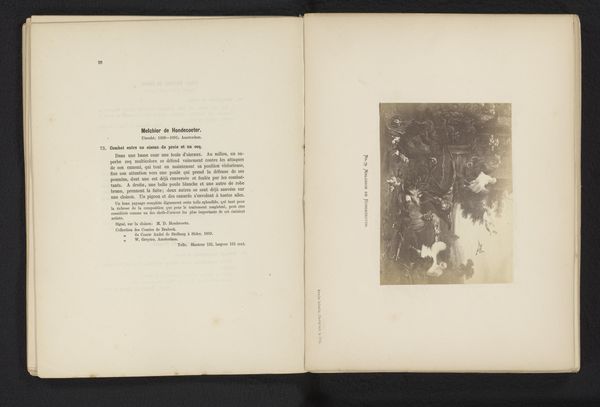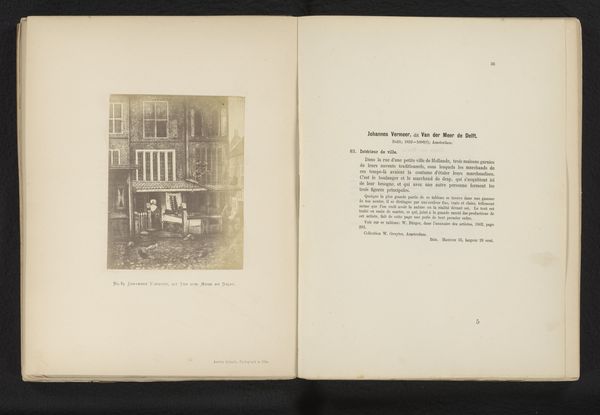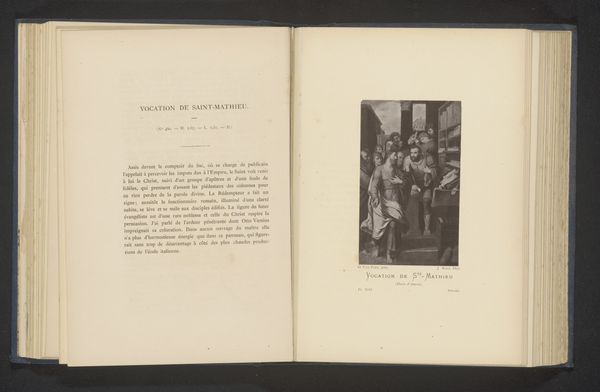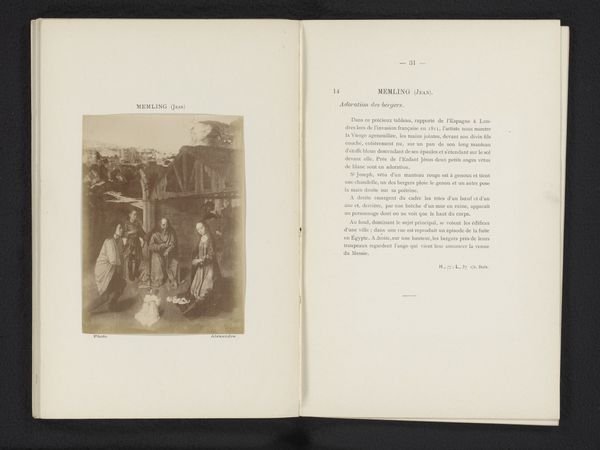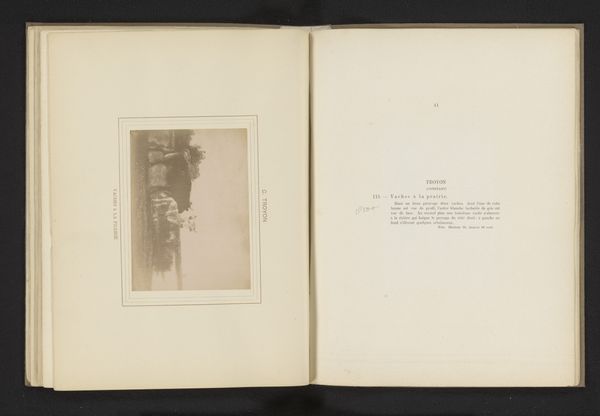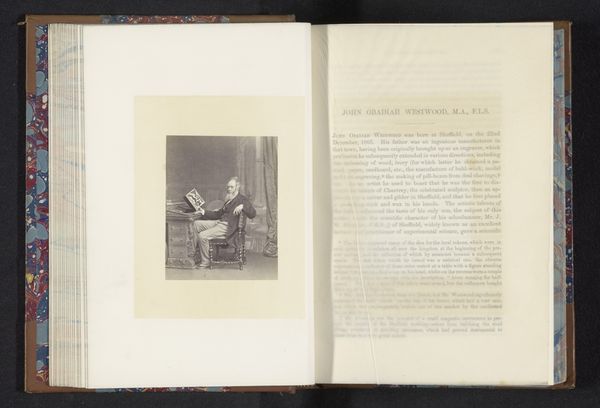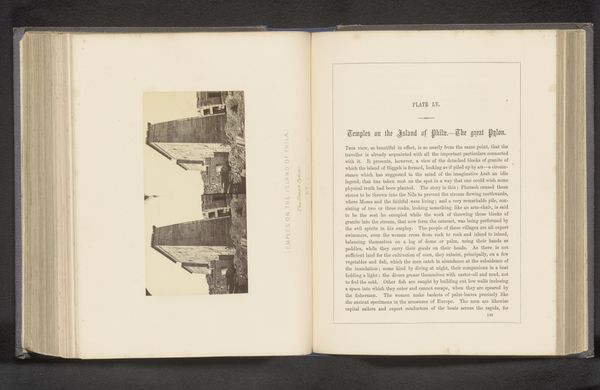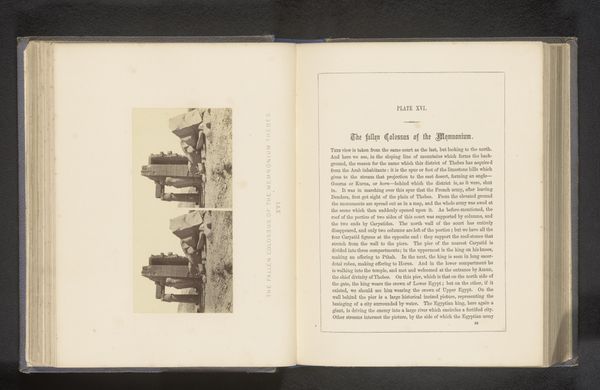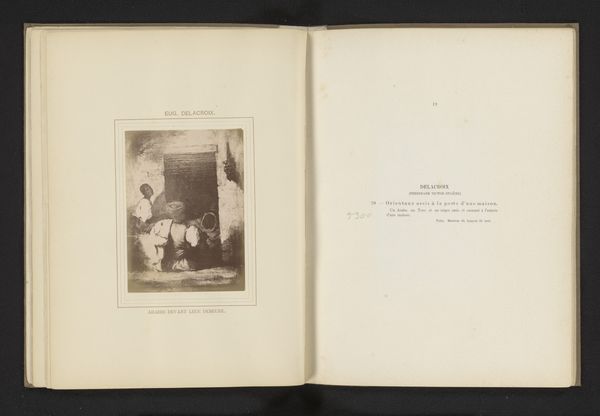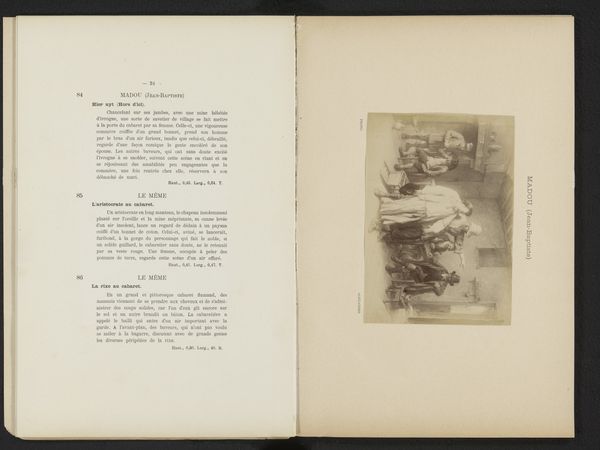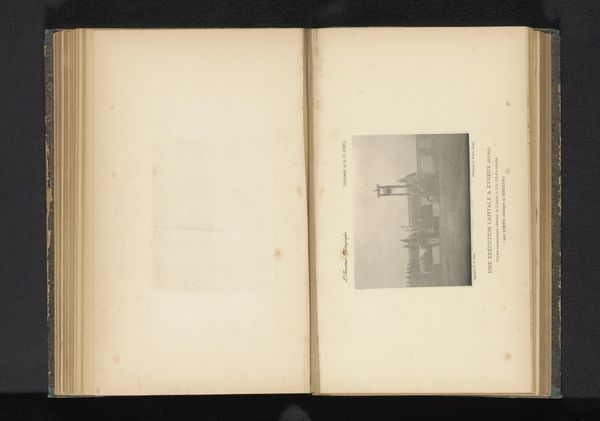
Fotoreproductie van een schilderij van een lezende man door Abraham van Strij before 1876
0:00
0:00
print, photography
#
portrait
#
dutch-golden-age
# print
#
photography
#
genre-painting
Dimensions: height 118 mm, width 98 mm
Copyright: Rijks Museum: Open Domain
Curator: This image presents a photo reproduction of "A Man Reading" by Abraham van Strij. The piece is a genre painting rendered through photography and printmaking sometime before 1876. What’s your immediate sense of it? Editor: Hmm, feels very… intimate. Like peering into a moment, not posed but somehow profoundly still. The light from the window seems almost tangible, a kind of visual hushed reverence for the act of reading. Does that strike you? Curator: Absolutely. Van Strij and his contemporaries often portrayed everyday life with a quiet dignity. Consider, for example, the social implications. Who has the leisure to read, to engage in intellectual pursuits during this time? Access was unequal, and such imagery inherently reflected and reinforced social hierarchies. Editor: True. There's this inherent tension then, between the tranquility of the scene and its socio-political undertones. But I am drawn in particular to the fact it's a reproduction. Does that alter the meaning, considering our modern-day relationship with image reproduction? Curator: Certainly! The act of reproducing an artwork, even at the time, opened avenues of accessibility, however limited, democratizing art consumption and scholarship while simultaneously changing its ontological status as aura succumbs to mechanical reproduction. It allows greater viewership, particularly considering the subject. Editor: Okay, fascinating! For me, the simple act of capturing this painting shifts everything. A single man's quite room becomes the subject of someone else's quiet reflection, multiplied across time and perspective by each unique viewing. It is quite profound when you really ponder the implications of images like this. Curator: I concur, this unassuming image holds significant historical and cultural layers, reminding us how intertwined representation, access, and social context truly are. Editor: Definitely, that is definitely what makes this image so deeply appealing; the ability to ask yourself what can be found beneath what first meets the eye.
Comments
No comments
Be the first to comment and join the conversation on the ultimate creative platform.
